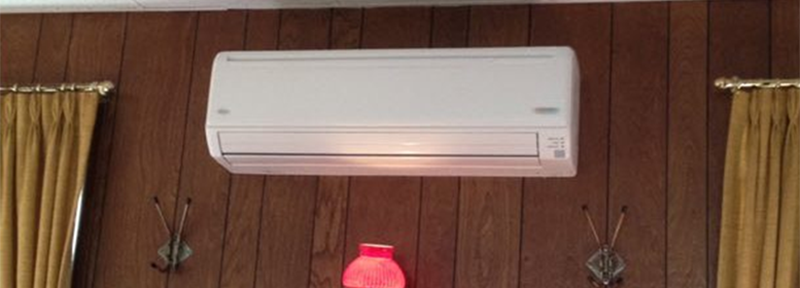
The AC & Heating Connect staff did some research on the facts about ductless mini-split systems that might be of interest to contractors and distributors as they plan for the future growth of this segment.
Ductless Mini-Split System Sales Have Declined
While the ductless segment has posted impressive growth rates in the U.S. since 2005, the growth rates have been slowing recently and the largest ductless segment (small, single evaporator systems) have not grown at all since 2010. These sales remain stable at about 260,000 units per year, or only about 4% of total unitary AC shipments. Some larger VRF-style commercial systems continue to grow at higher rates, but their numbers in the U.S. remain small at only 28,000 units per year. There also appears to be some densely populated urban areas, which are growing faster than the overall segment.
Ductless Mini-Splits Are Not Efficient For Whole Home Retrofits
It is important to remember that ductless mini-splits are probably not ideal whole-home HVAC solutions in the U.S. due to the economics, which favor ducted replacements. The installed costs associated with using mini-splits to cool and heat an average 2,000 square foot home or business with ductless mini-splits would cost almost three times the cost of simply replacing a central AC system with another ducted system. Even in a space where you had to provide new ductwork for the central system, you could still expect to spend about 50% less on a typical central AC system installation versus the more expensive ductless options.
Possible Energy Loss From Ductless Mini-Split System
If you are considering a ductless mini-split which uses a lot of long exterior refrigerant line sets you should be careful to account for the potential energy losses from those lines. Even if properly insulated, lines running to second floor evaporators with significant exposure to the sun will like have losses and lead to underperformance during peak demand if not sized properly.
Comfort Concerns When Using a Ductless Mini-Split System
It is important to discuss the unique features of a ductless cooling system with your customers since these systems are common in the U.S. and are not well understood by many U.S. consumers. The typical comfort experience with mini-split systems could provide a real challenge for American consumers who are used to central AC systems with good airflow exchange, filtration and humidity control. Cold and hot spots are also common with ductless systems due to the spacing of the indoor units.
For more information on ductless mini-split systems, click here.



